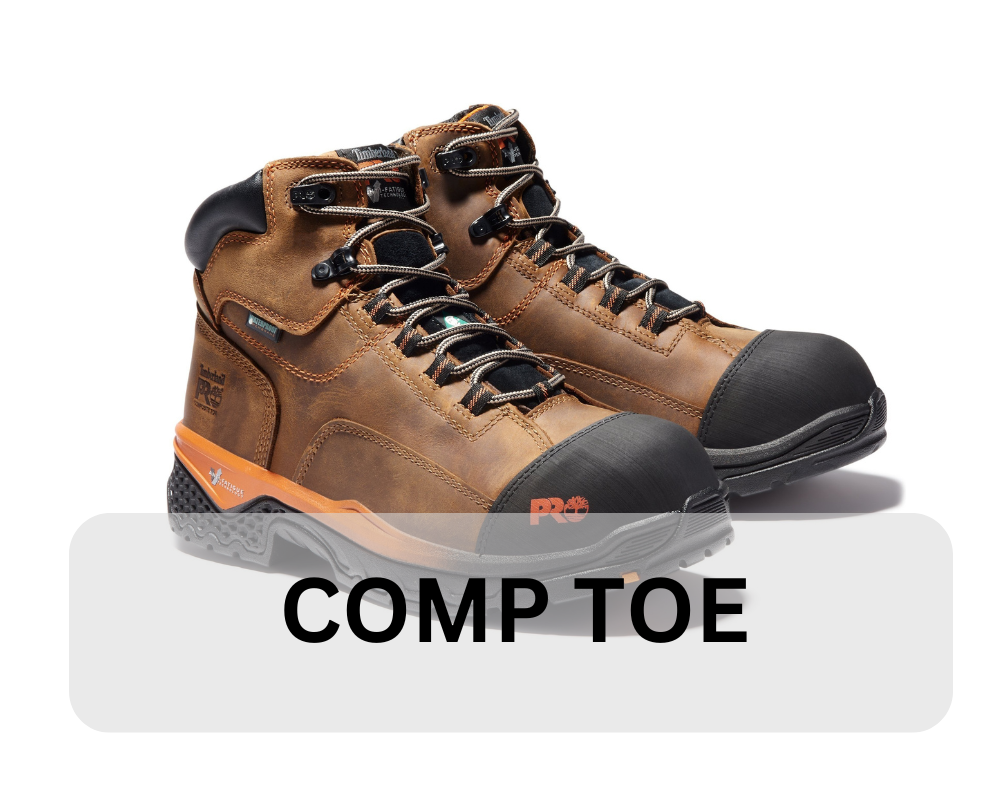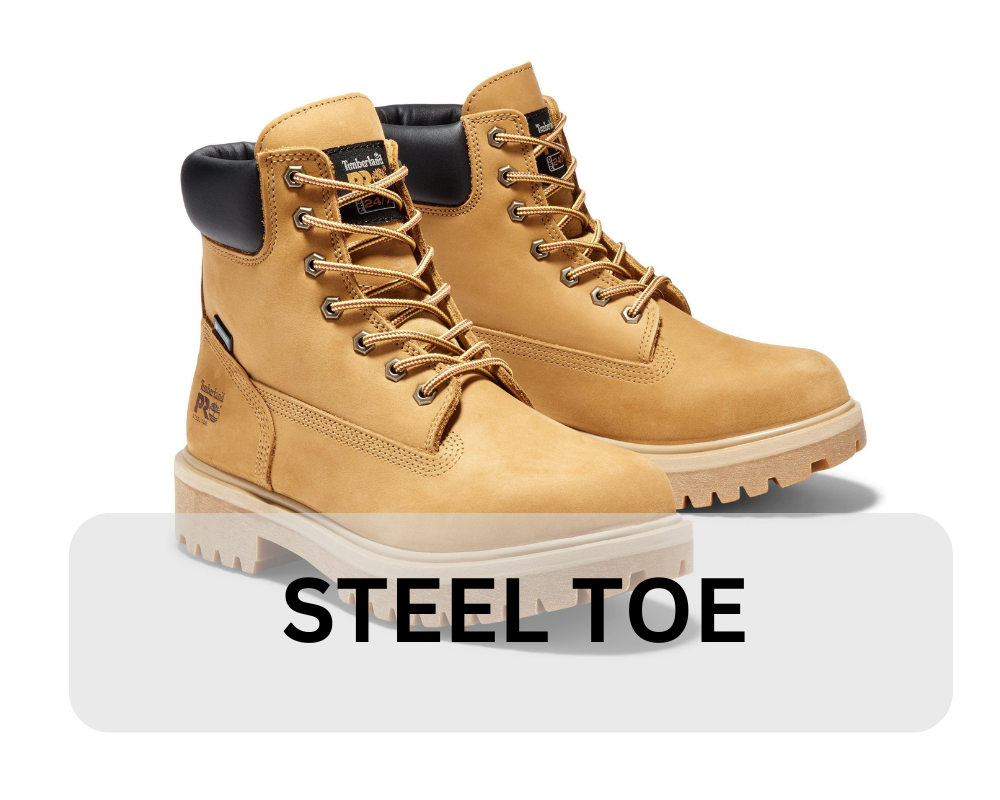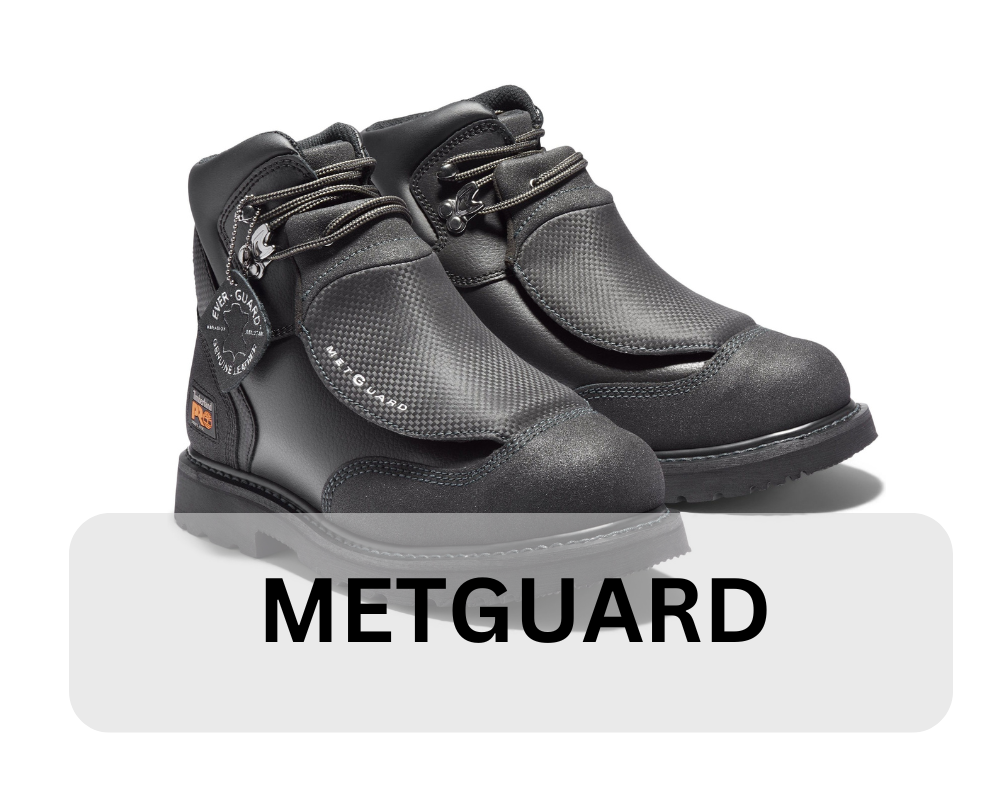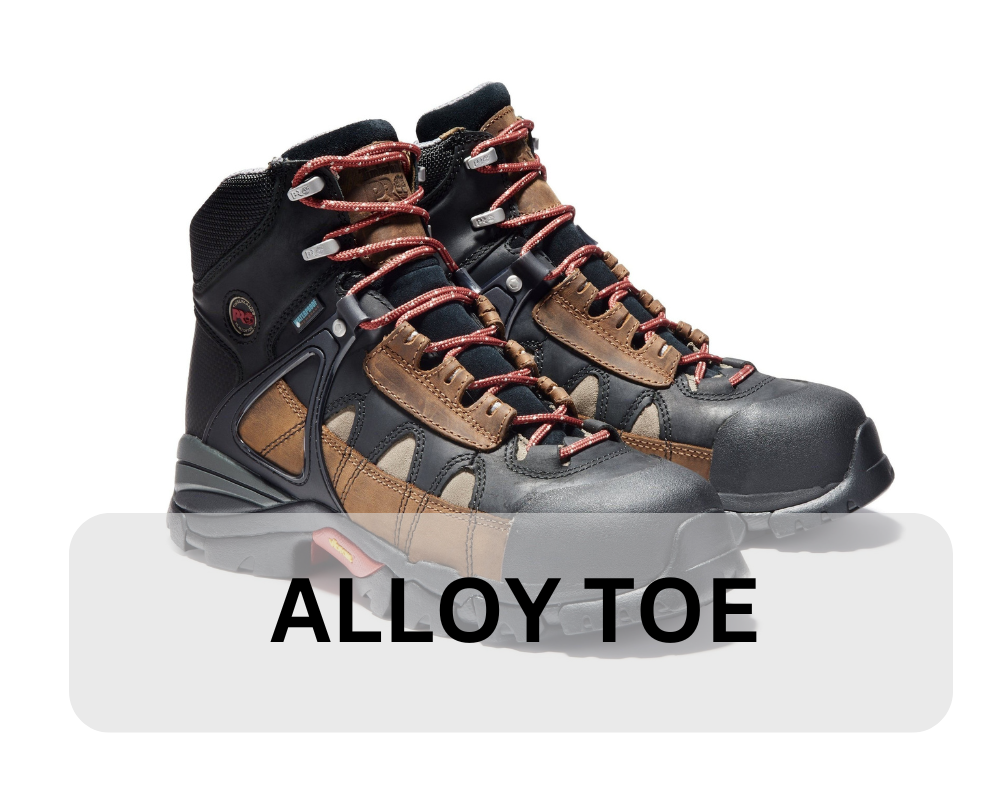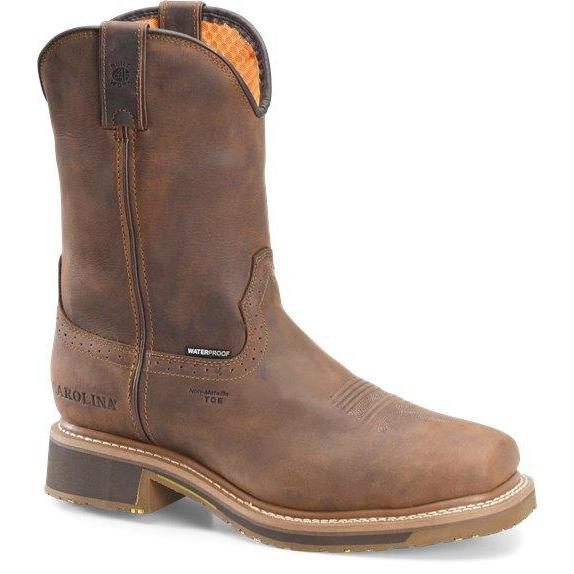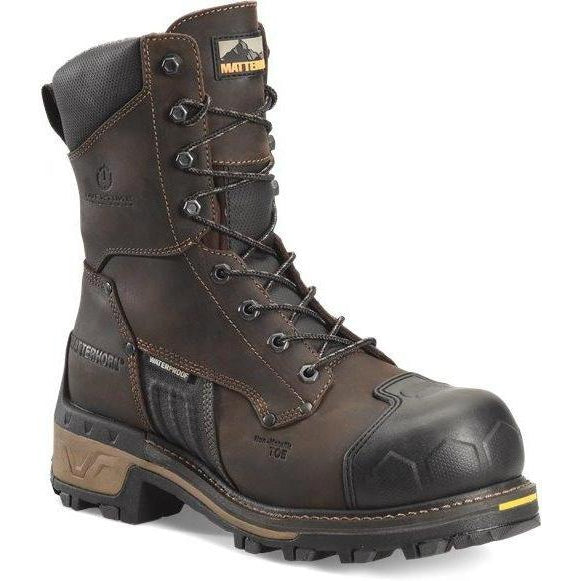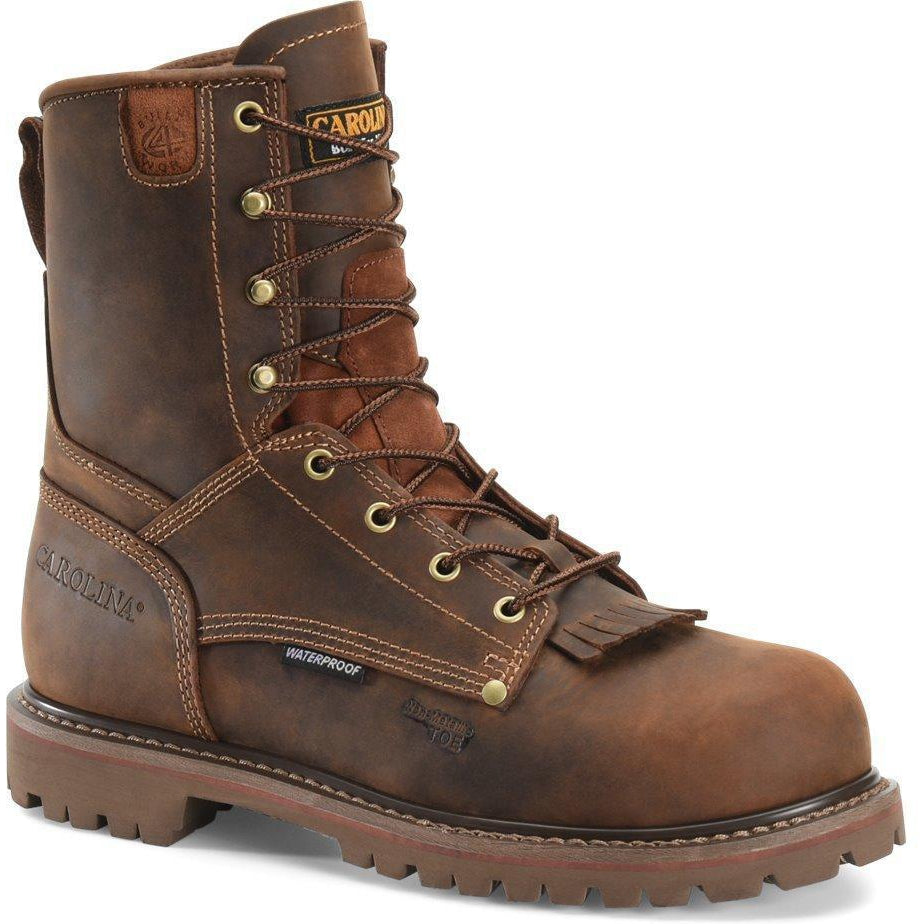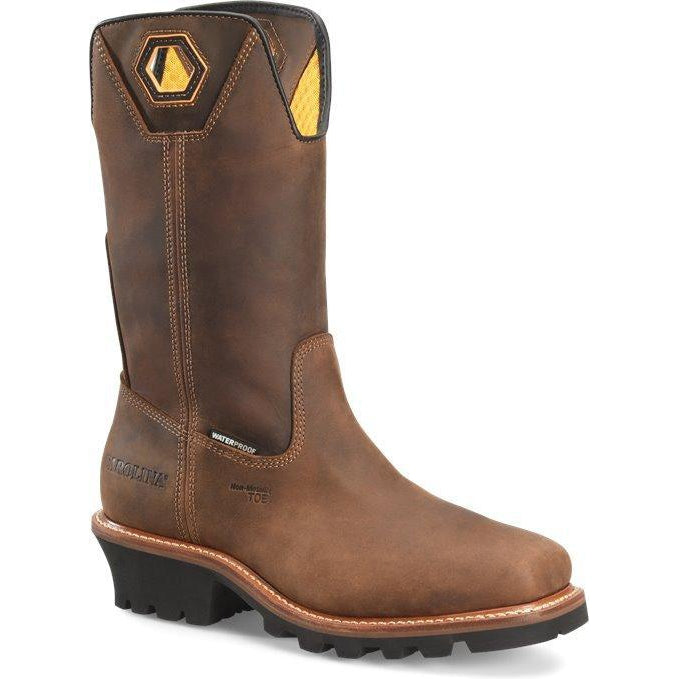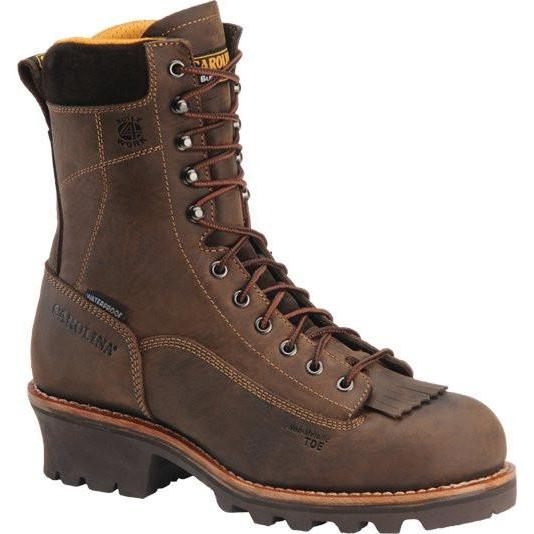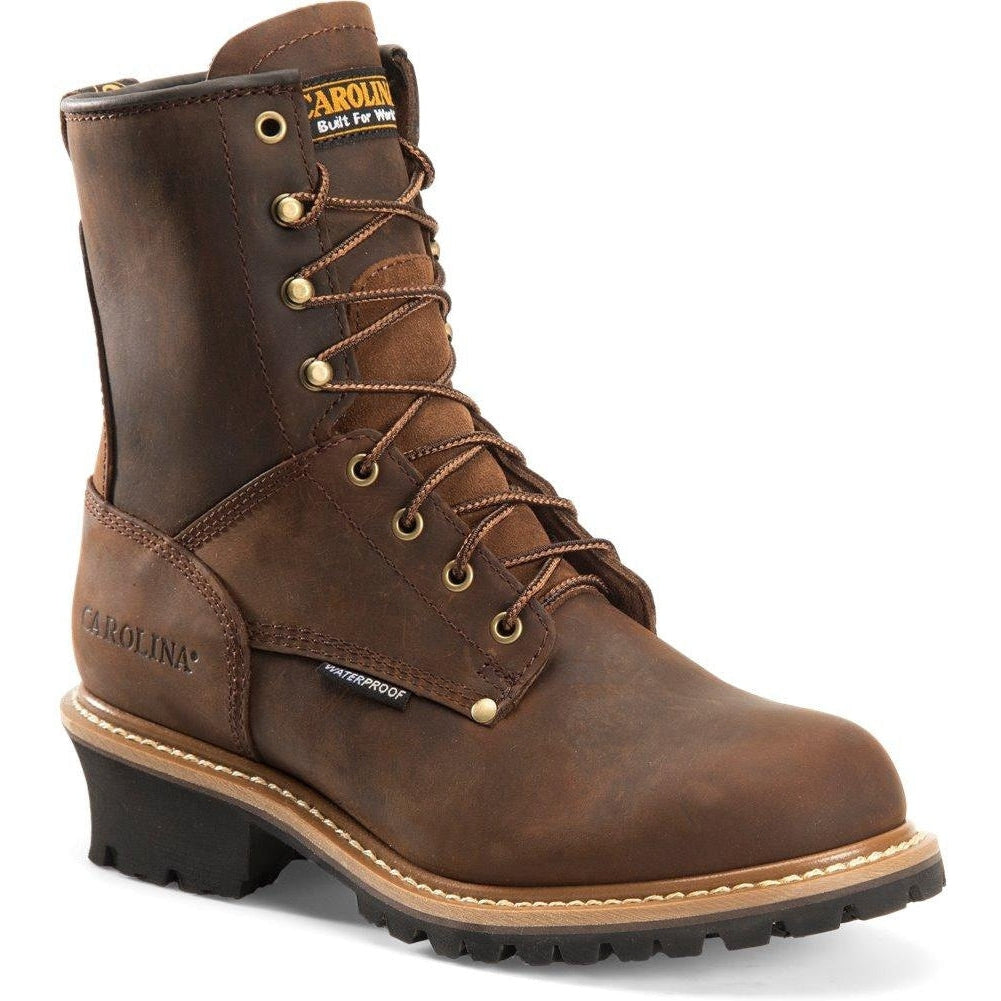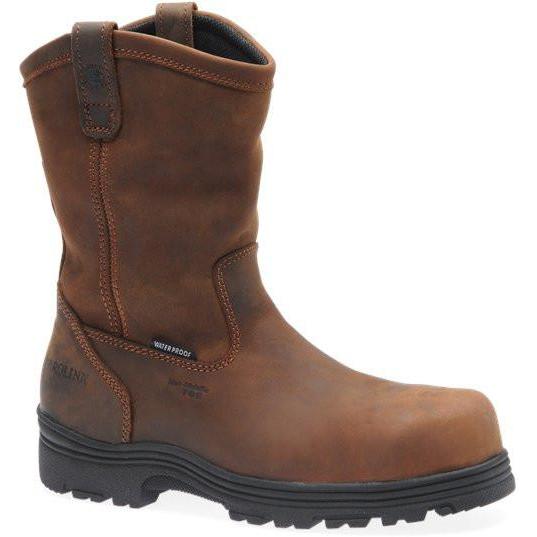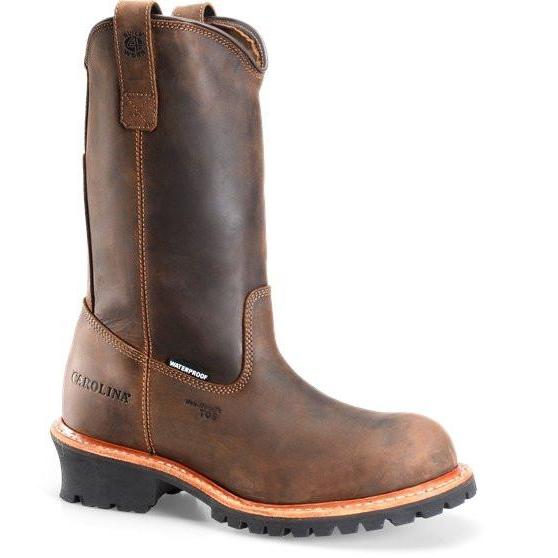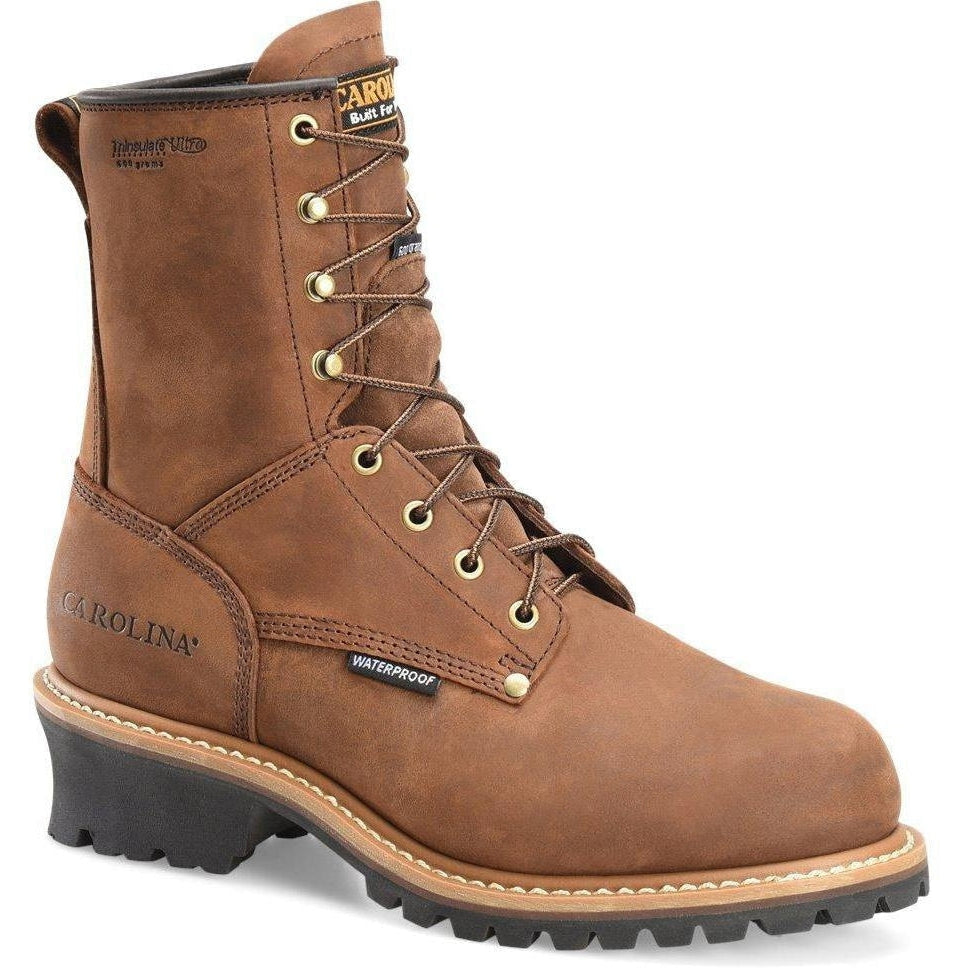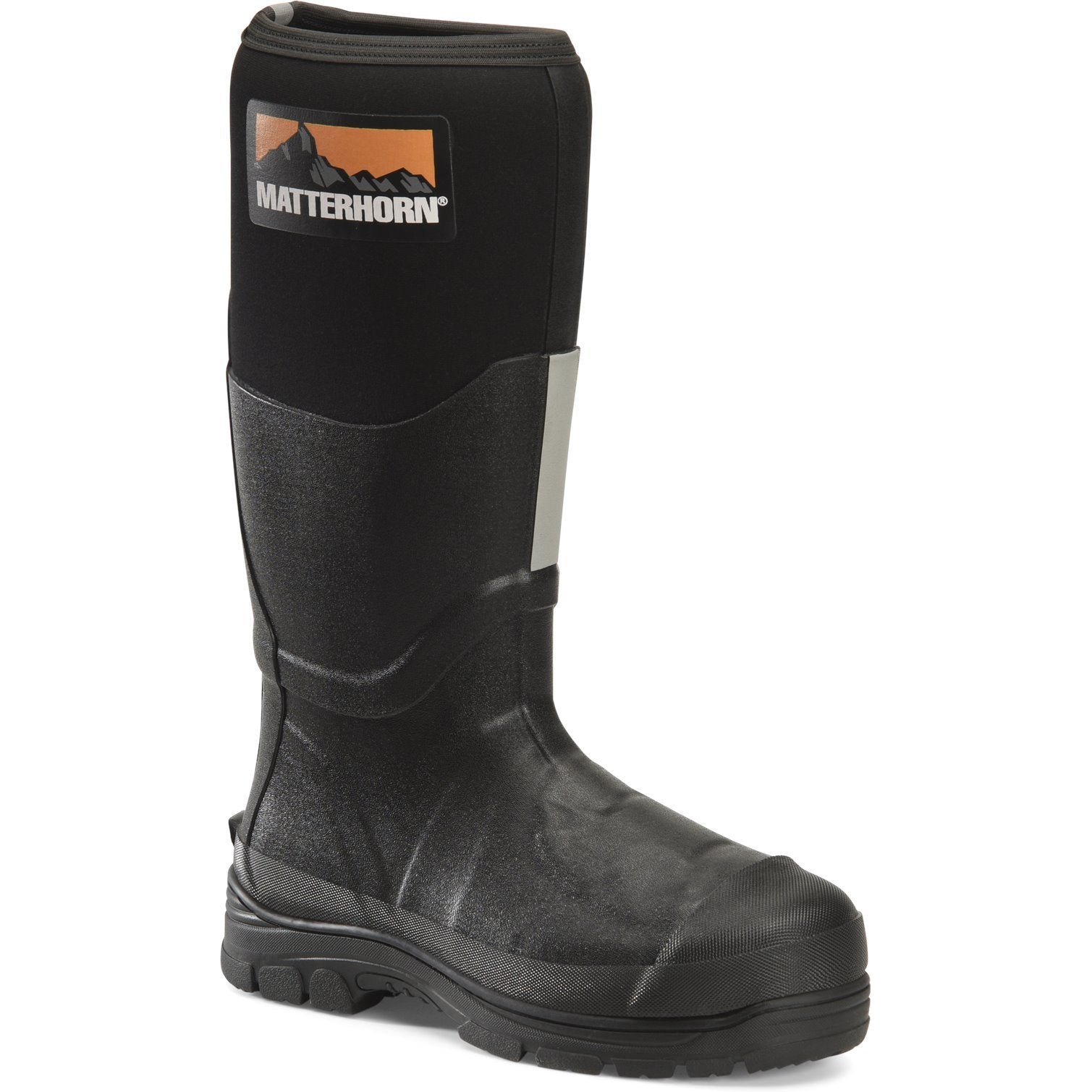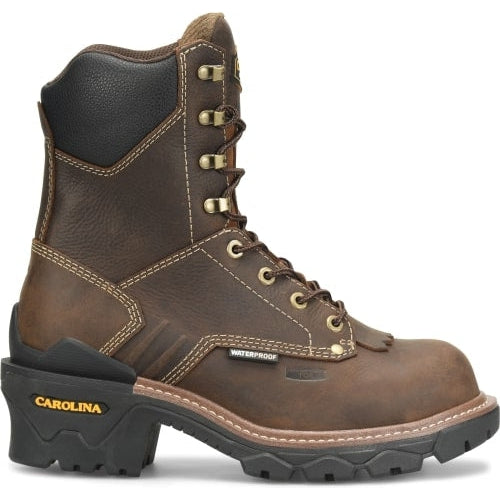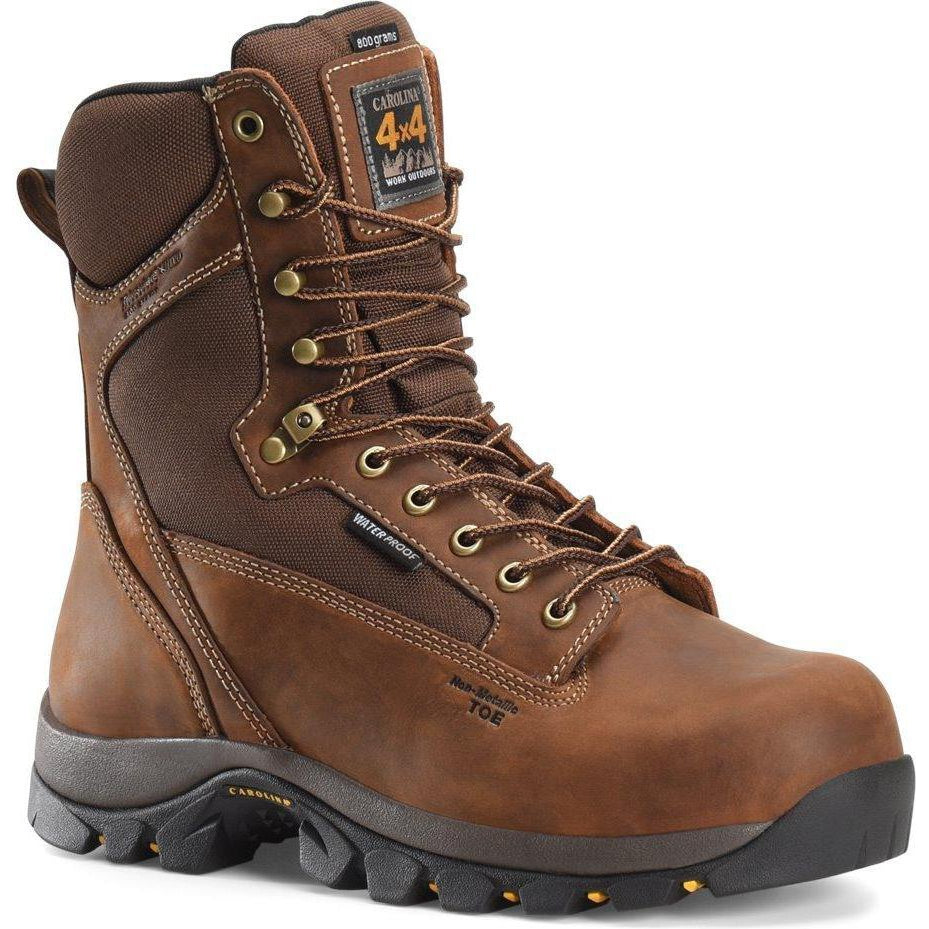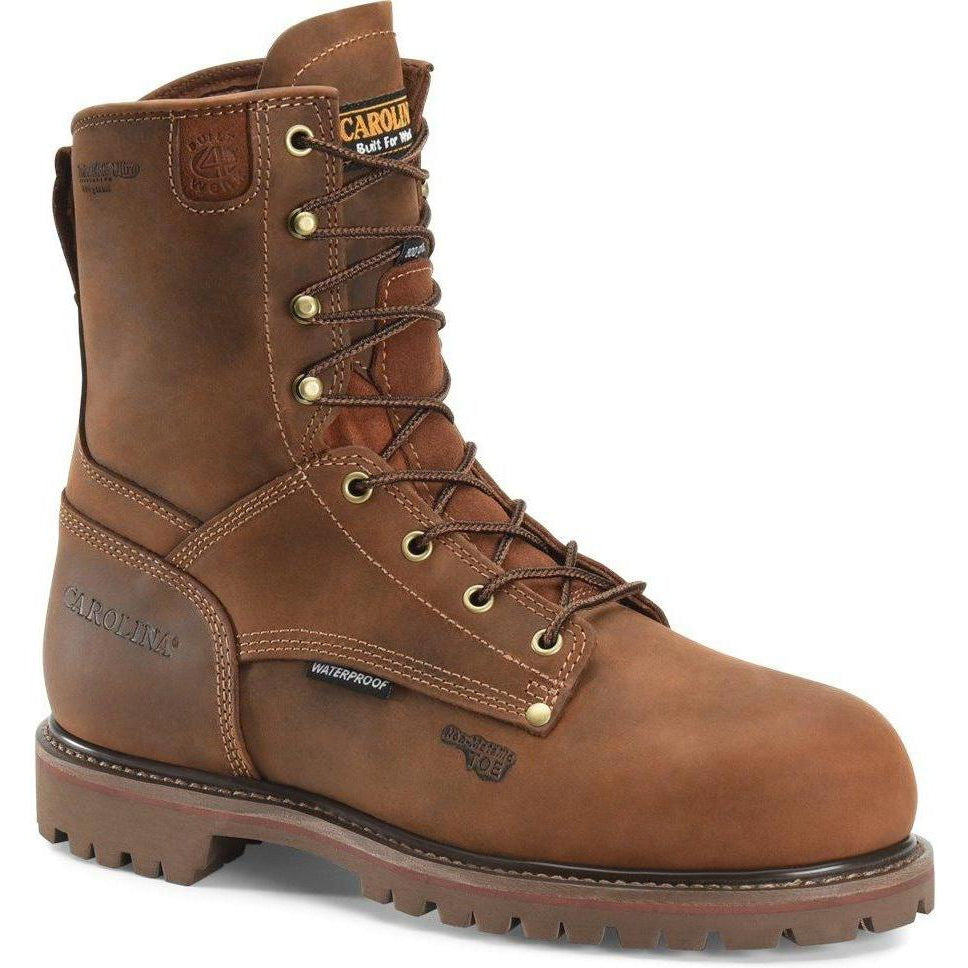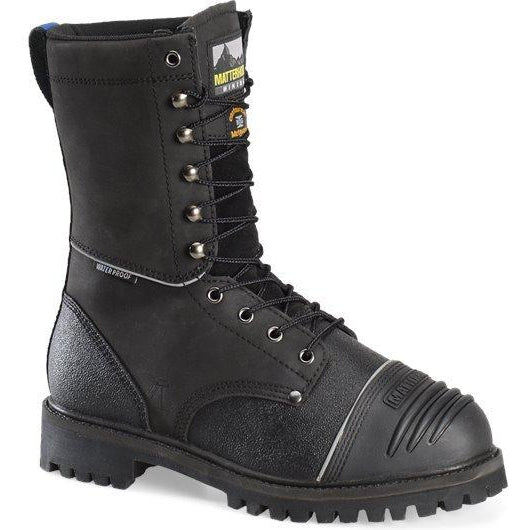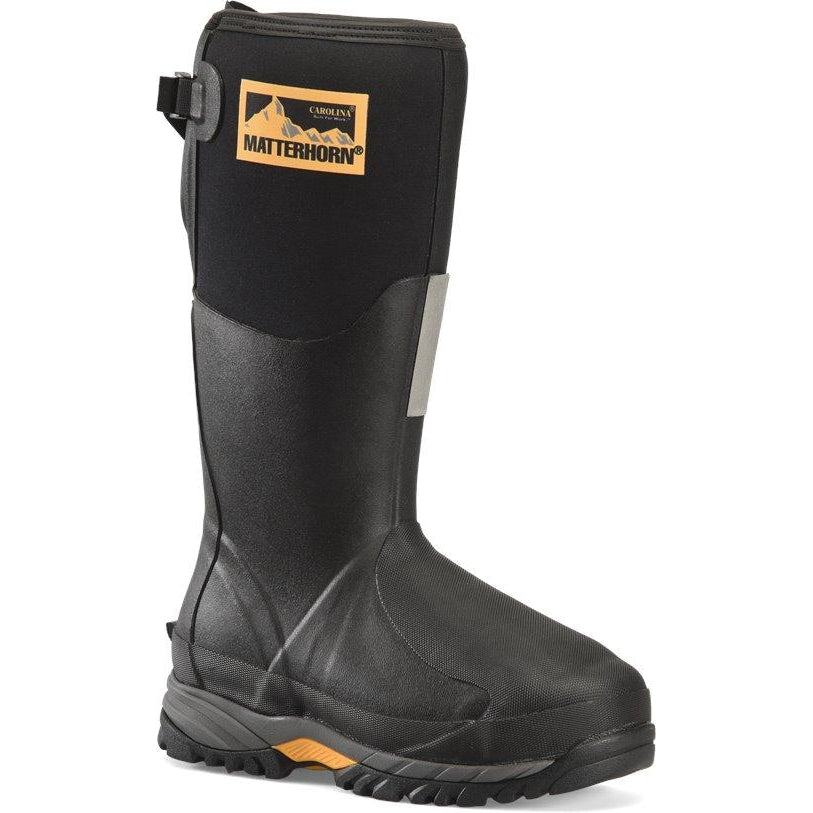Our collections
View allSave 2%
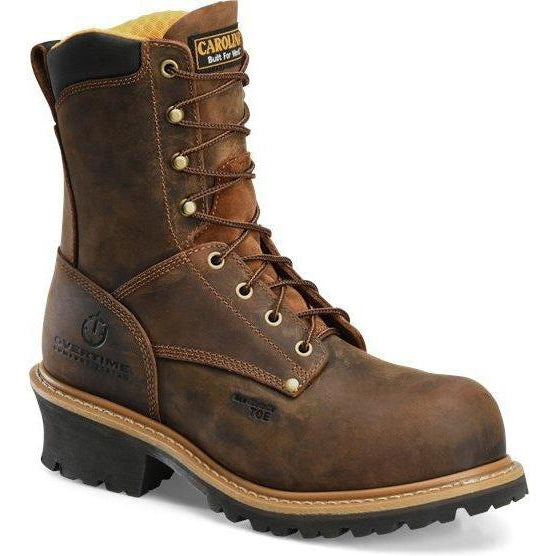
Sale price$179.99
Regular price$184.00
Carolina Men's Poplar 8" Logger Composite Toe Work Boot - Brown - CA9853
Save 2%
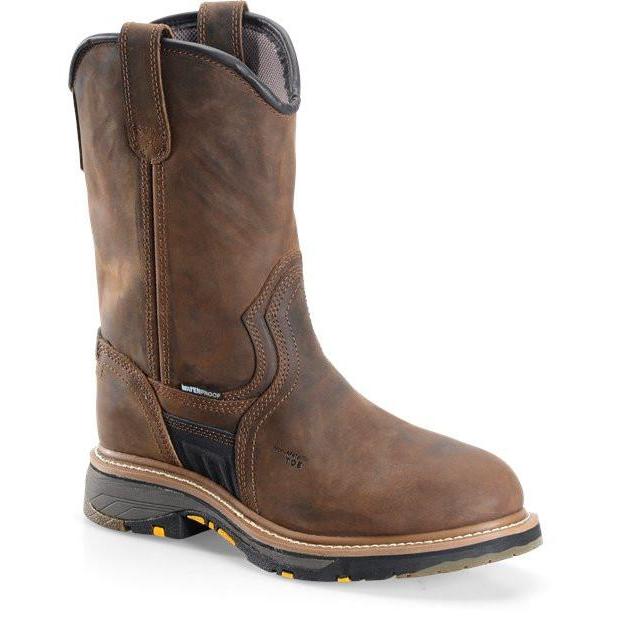
Sale price$209.99
Regular price$214.00
Carolina Men's Well X 10" Composite Toe Waterproof Wellington Work Boot - CA4559
Save 4%

Sale price$299.99
Regular price$314.00
Double H Men's Anton 11" Steel Toe USA Made Western Work Boot - DH4637
Save 4%
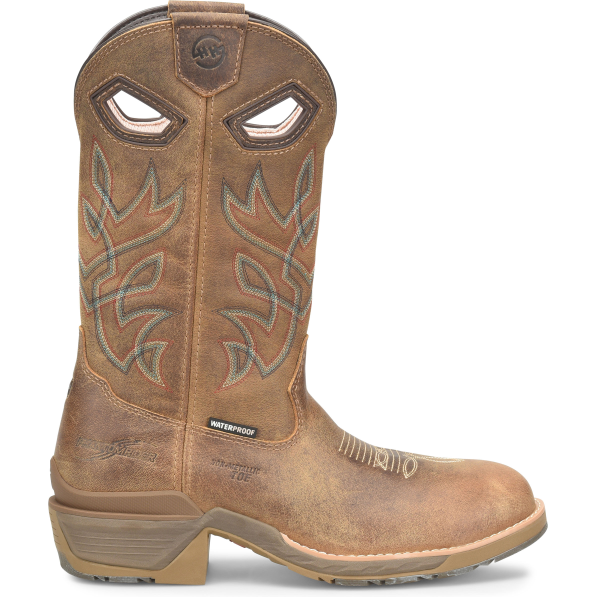
Sale price$214.99
Regular price$224.00
Double H Men's Cleave 12" Composite Toe Waterproof Western Work Boot - Brown - DH5422
Save 5%

Sale price$294.95
Regular price$310.00
Thorogood Men's USA Made 1957 8" Moc Safety Toe Waterproof Wedge Work Boot 804-3800
Save 6%
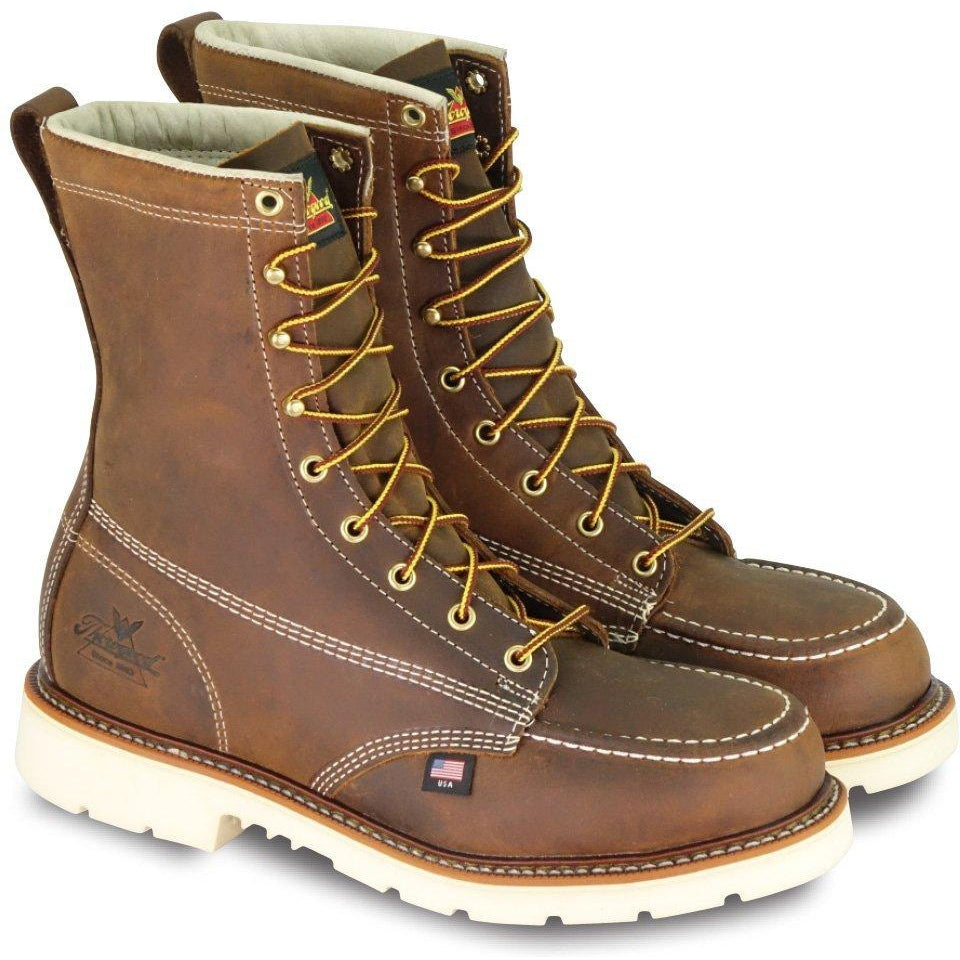
Sale price$269.95
Regular price$286.00
Thorogood Men's USA Made Amer. Heritage 8" Steel Toe Work Boot 804-4378
Save 6%
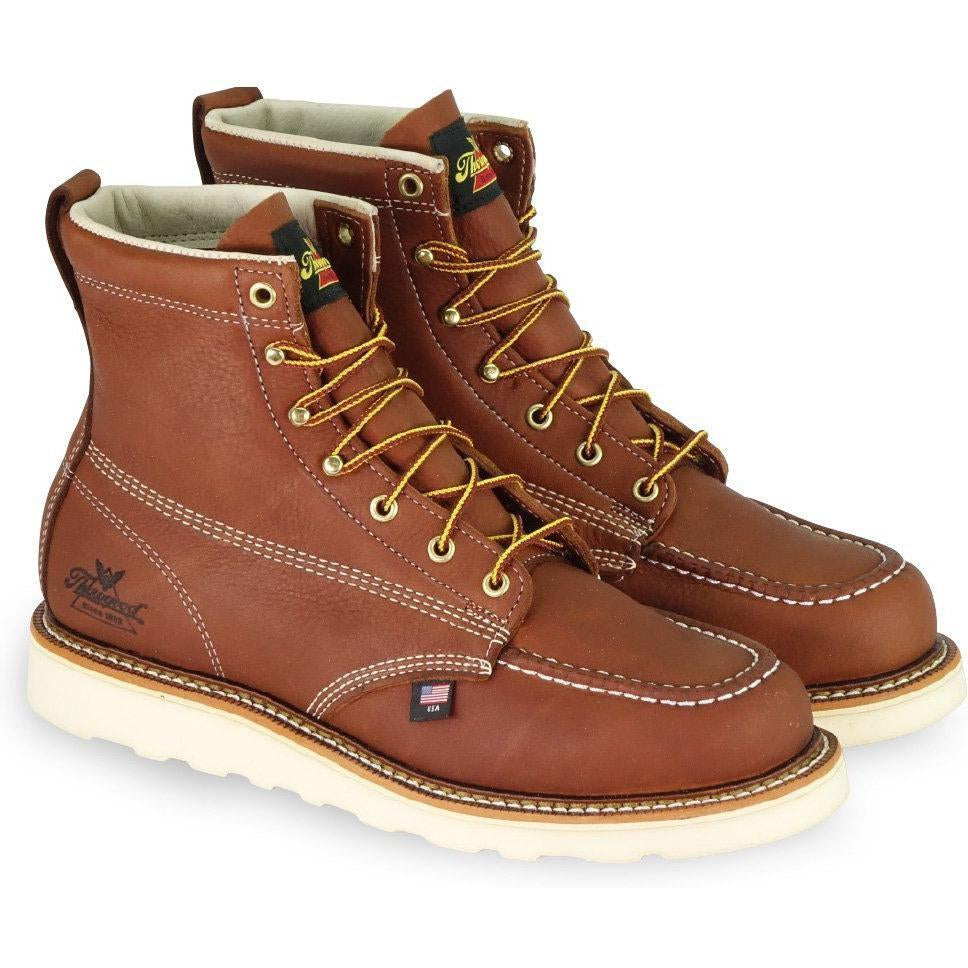
Sale price$259.95
Regular price$276.00
Thorogood Men's USA Made Amer. Heritage 6" Steel Toe Wedge Work Boot 804-4200
Save 6%
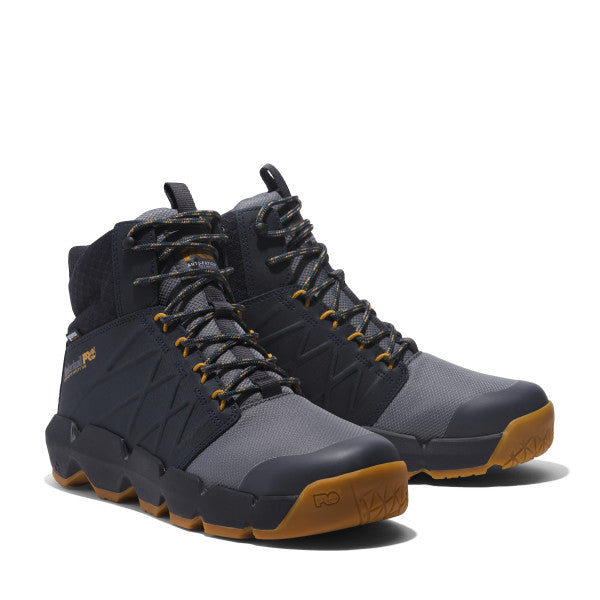
Sale price$159.95
Regular price$170.00
Timberland Pro Men's Morphix 6" Composite Toe Waterproof Work Boot - Grey - TB1A5YFU065
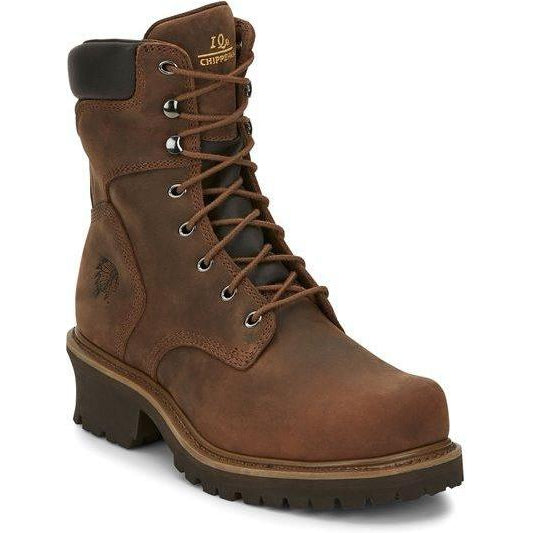
Sale price$204.95
Chippewa Men's Hador 8" Steel Toe Logger Work Boot - 55026
Save 3%
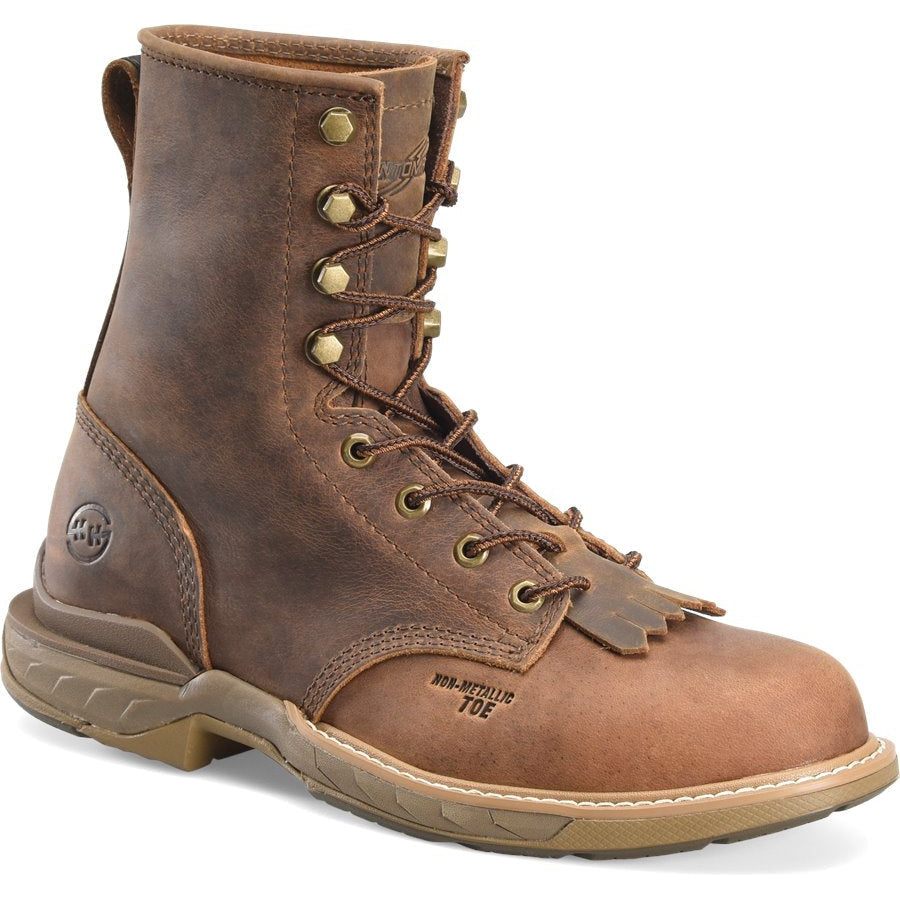
Sale price$194.99
Regular price$202.00
Double H Men's Phantom Rider Raid 8" Composite Toe Lacer Work Boot -Brown- DH5393
Save 20%
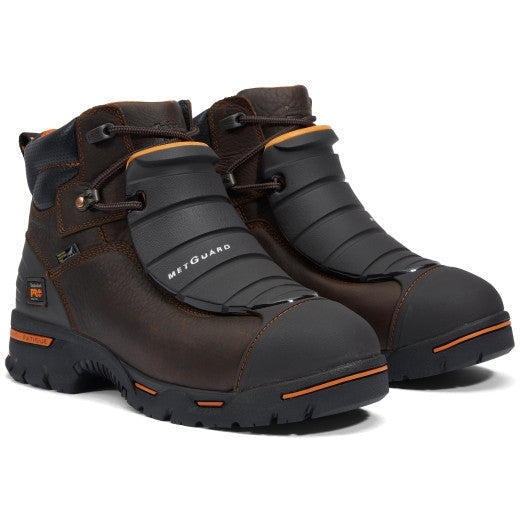
Sale price$164.95
Regular price$205.00
Timberland PRO Men's Endurance 6" Metguard Steel Toe Work Boot - TB1A172T214
Save 6%
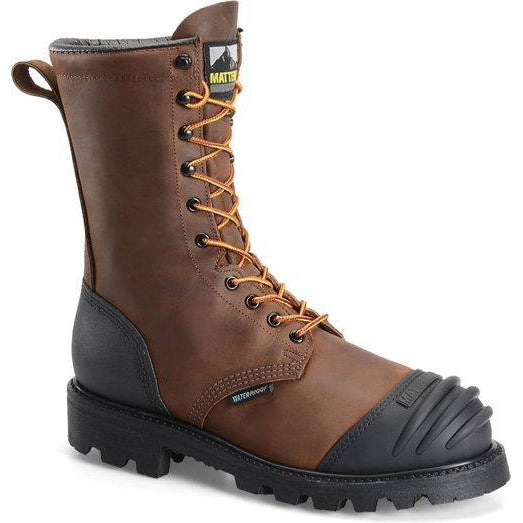
Sale price$354.99
Regular price$378.00
Matterhorn Men's Copper 10" Steel Toe Waterproof Metguard USA Made Work Boot - MT910
Save 6%
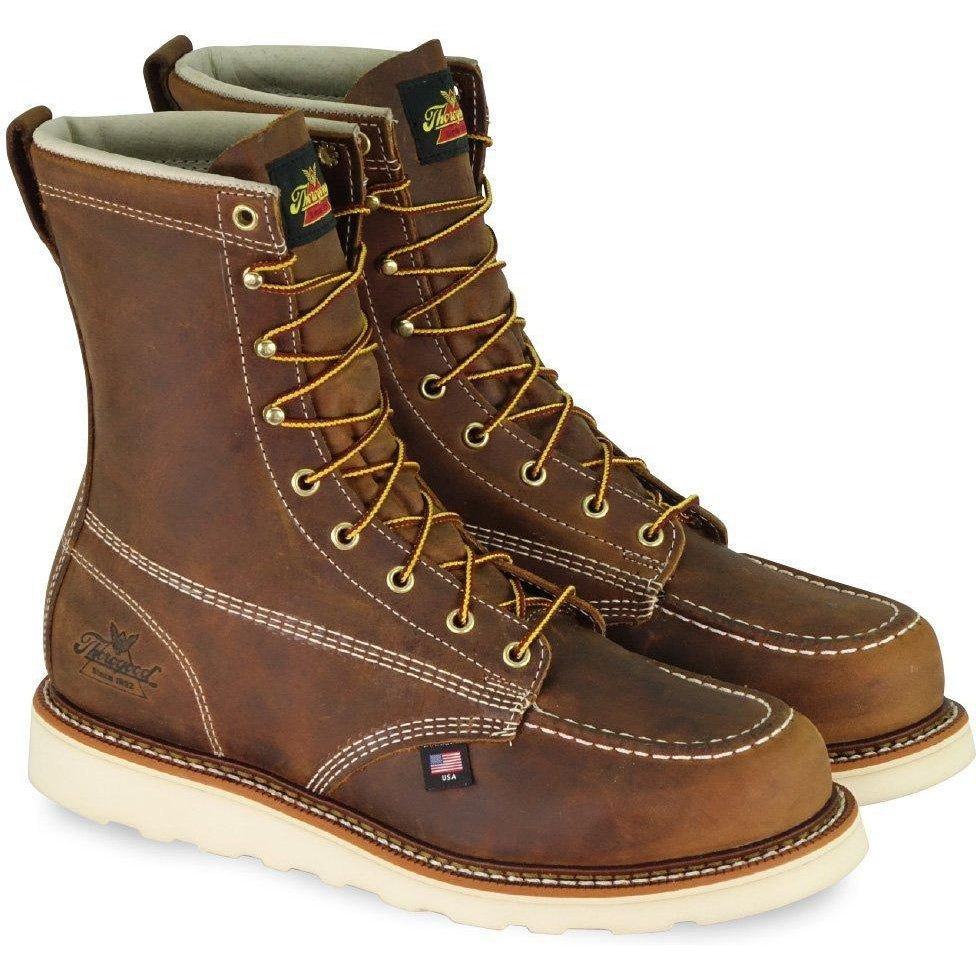
Sale price$269.95
Regular price$286.00
Thorogood Men's USA Made Amer. Heritage 8" Steel Toe Work Wedge Boot 804-4478
Save 4%
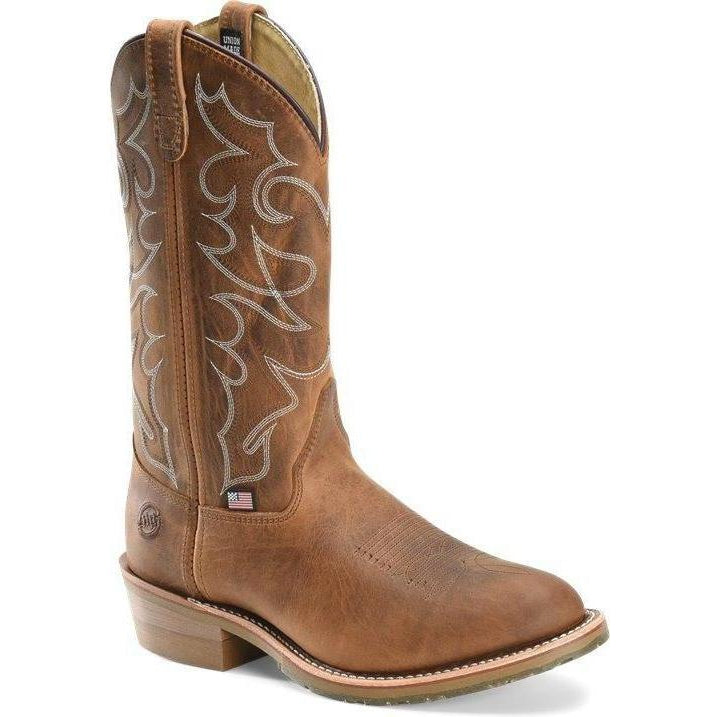
Sale price$284.99
Regular price$296.00
Double H Men's Dylan 12" Steel Toe USA Made Western Work Boot - DH1592
Save 5%
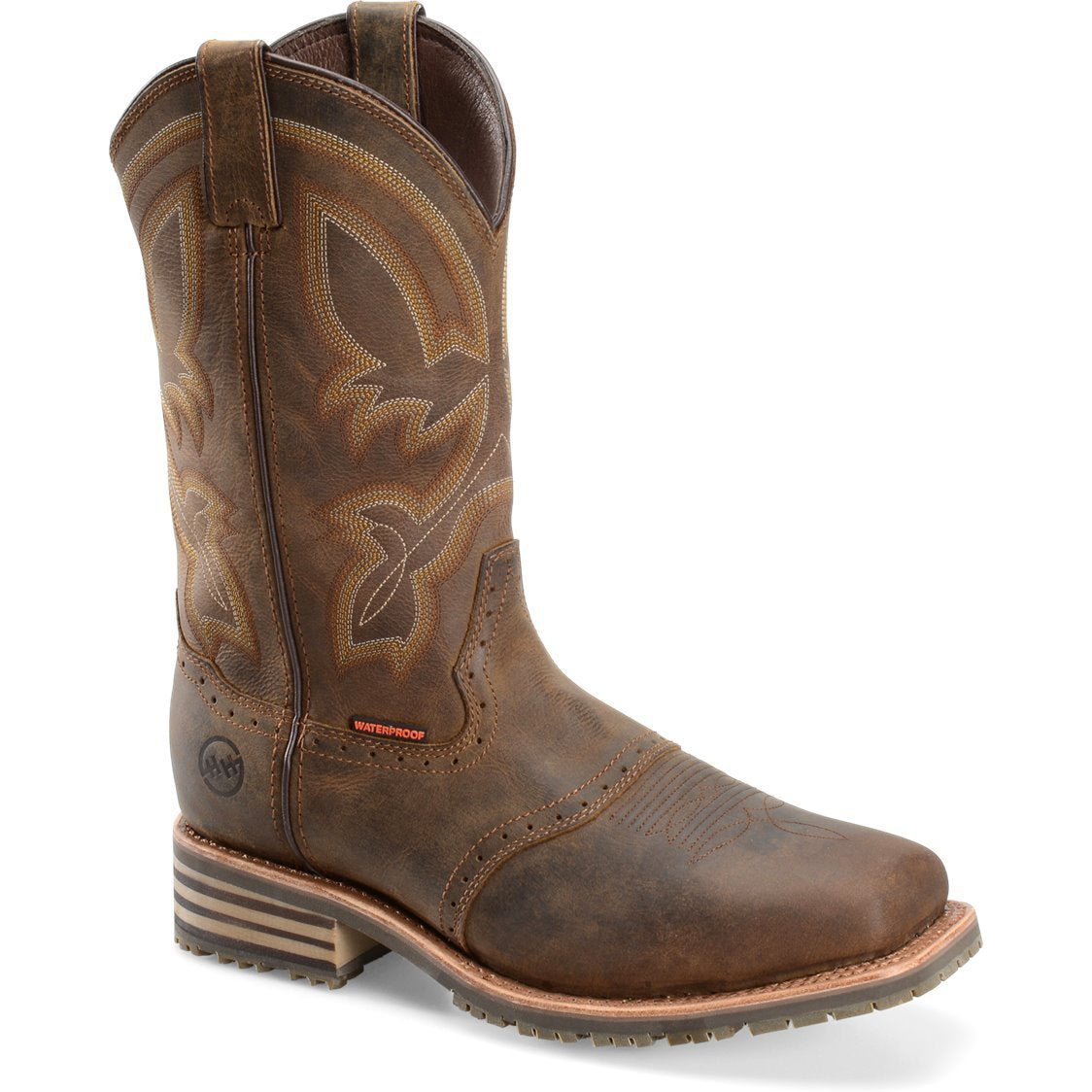
Sale price$224.99
Regular price$236.00
Double H Men's Jeyden 11" Composite Toe Waterproof Western Work Boot- Brown- DH5124
Save 4%
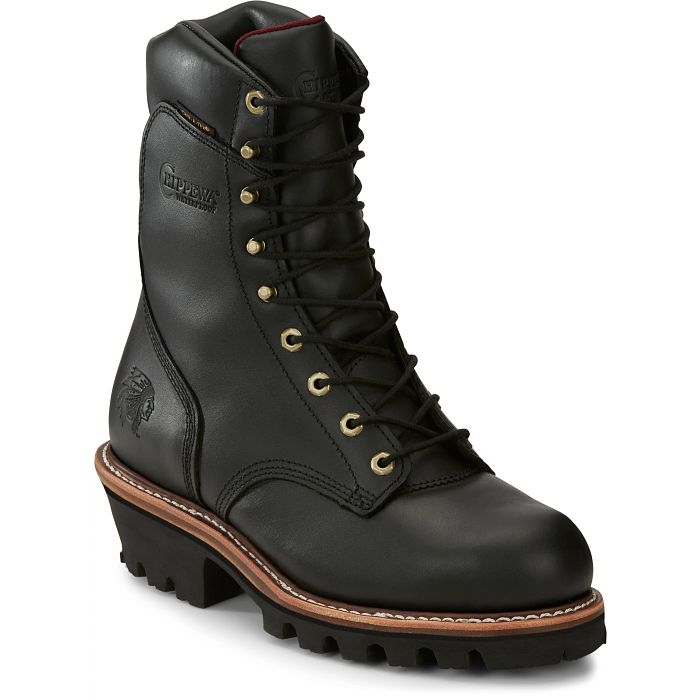
Sale price$294.95
Regular price$306.00
Chippewa Men's Super DNA 9" Steel Toe Waterproof 400G Ins Logger Work Boot - Black - 59410
Save 6%
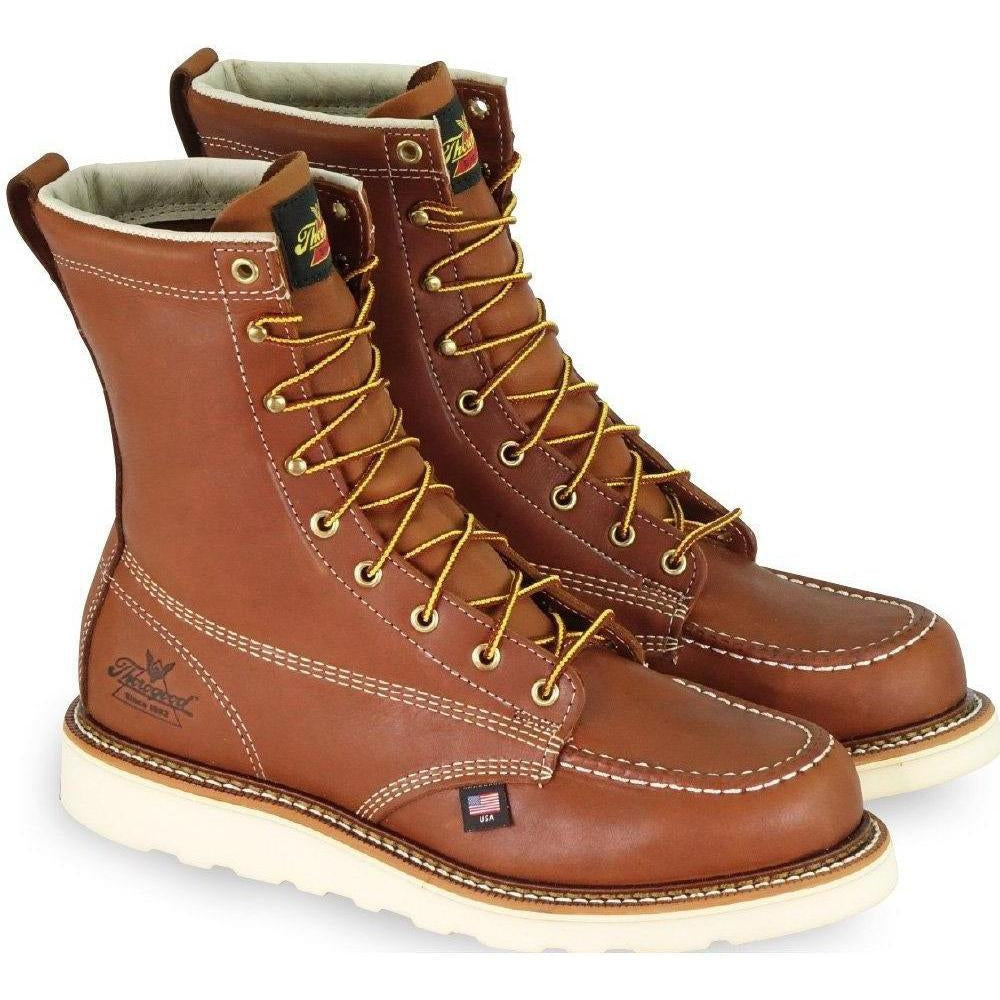
Sale price$269.95
Regular price$286.00
Thorogood Men's USA Made Amer. Heritage 8" Steel Toe Wedge Work Boot 804-4208
Save 4%
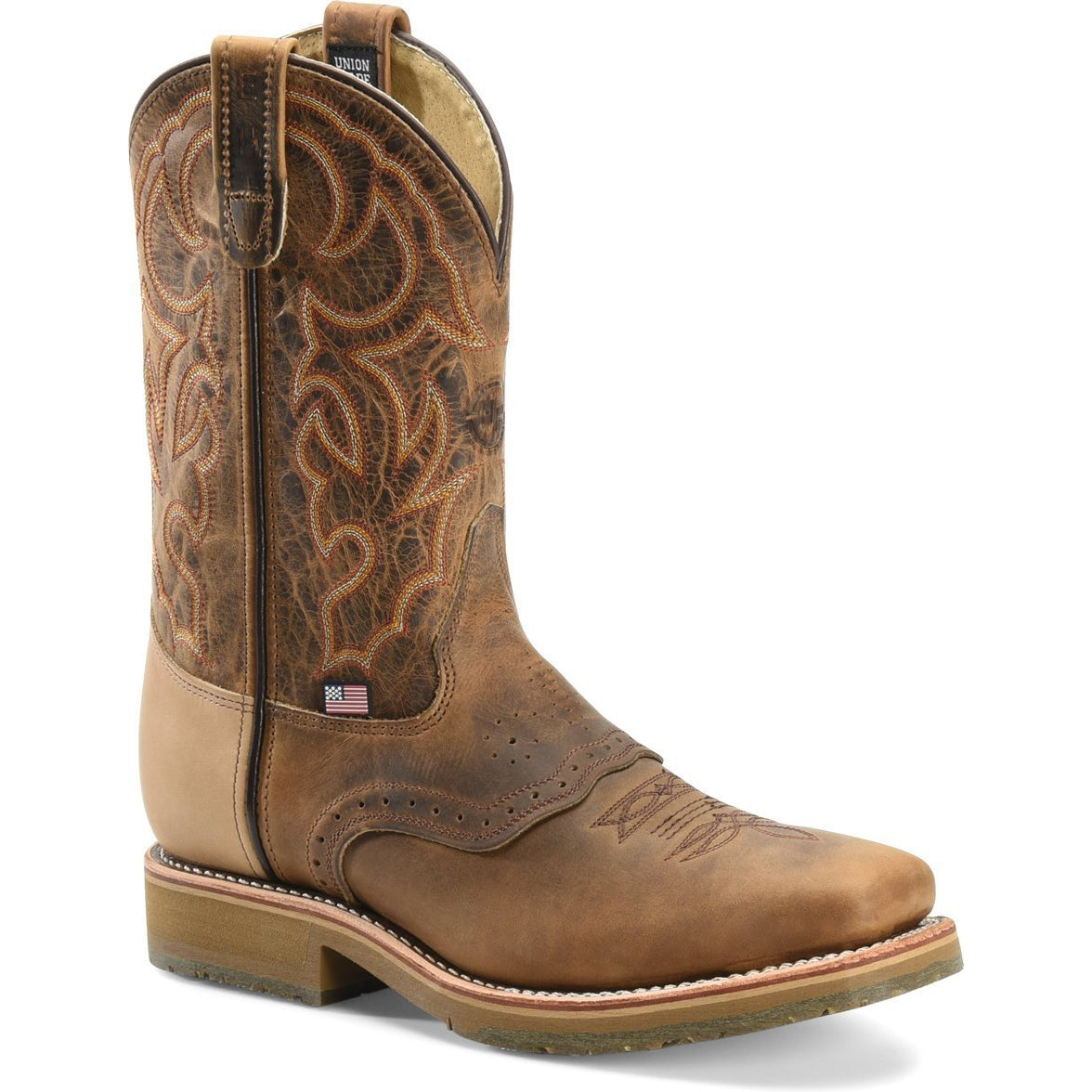
Sale price$314.99
Regular price$328.00
Double H Men's Dwight 11" Steel Toe USA Made Western Work Boot- DH3567
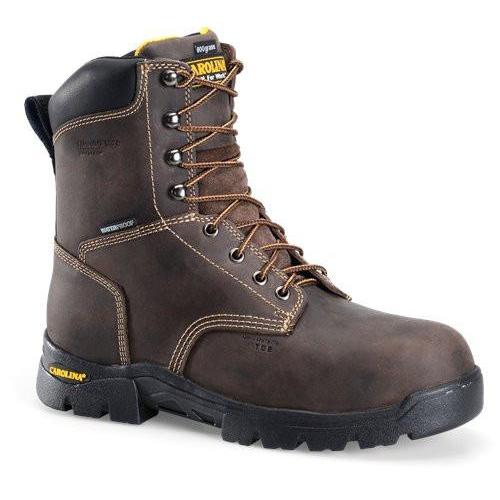
Sale price$164.99
Carolina Men's Circuit Hi 8" Composite Toe Insulated Work Boot - CA3538
